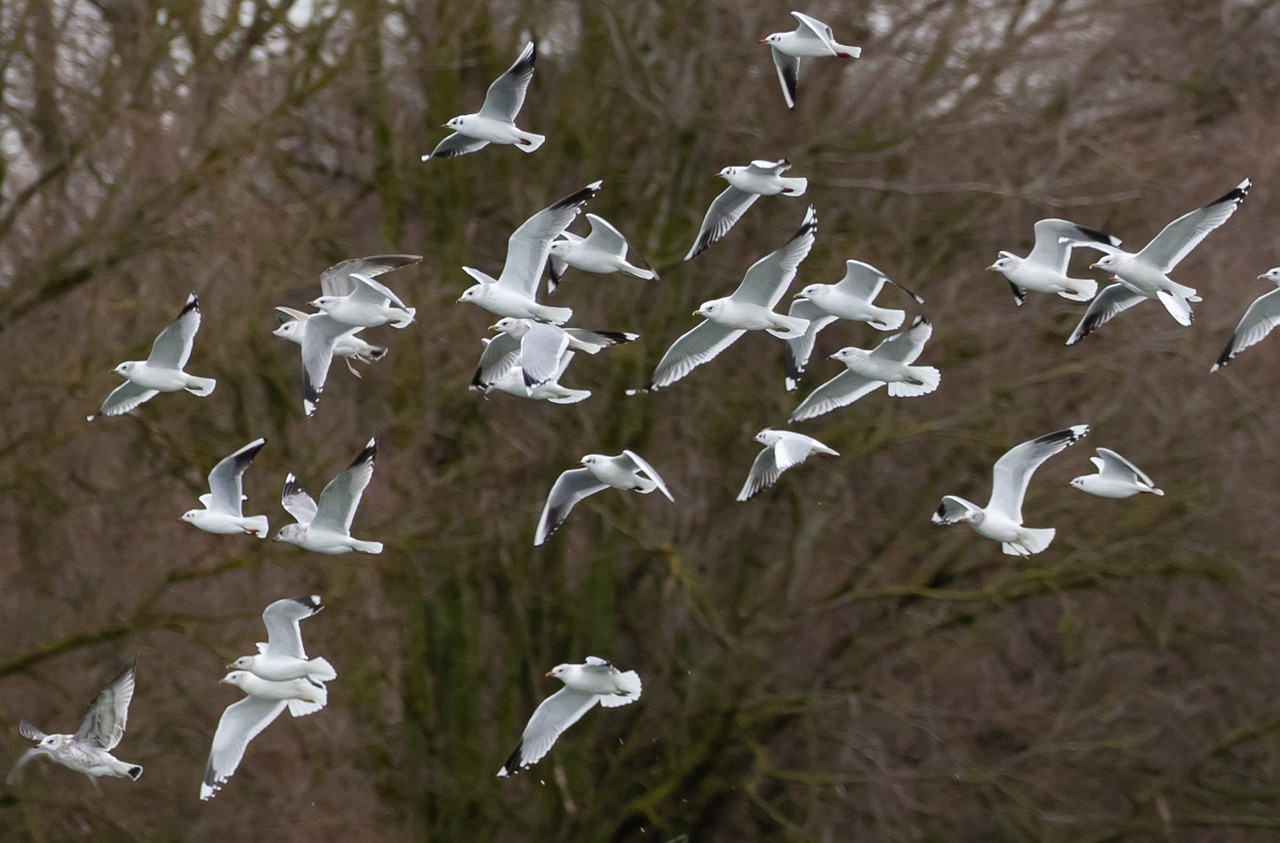Mass and wing length of young Black-headed Gulls Larus ridibundus as predictors of age and survival
DOI:
https://doi.org/10.34080/os.v6.22995Keywords:
breeding biology, breeding success, mortality rate, biometricsAbstract
This study of Black-headed Gulls aims at finding methods for estimating the condition of gull chicks at the colony level, a measure that could be used to identify colonies exposed to poor and good feeding conditions, respectively. In enclosed parts of two colonies in South Central Sweden, we ringed hatchlings and measured wing length and mass of chicks throughout their pre-fledging period (≤25 days old). Chicks with a high mass relative to age were more likely to survive between visits to the enclosures suggesting that this measure can be used to estimate condition. From the age of two weeks wing length is a relatively accurate predictor of age and from this time mass relative to wing length and mass relative to age are closely correlated. We therefore propose that one can obtain data on the condition of chicks from a single visit at a colony, by estimating individual condition as the deviation in mass from that expected from the chick's wing length. This is important in that many colonies can be studied with relatively little effort.
Downloads

Downloads
Published
How to Cite
Issue
Section
License
The copyright of each contribution belongs to the author(s), but all contributions are published under a Creative Commons license, so that anyone is free to share and reuse the contribution as long as the copyright holder is attributed.







